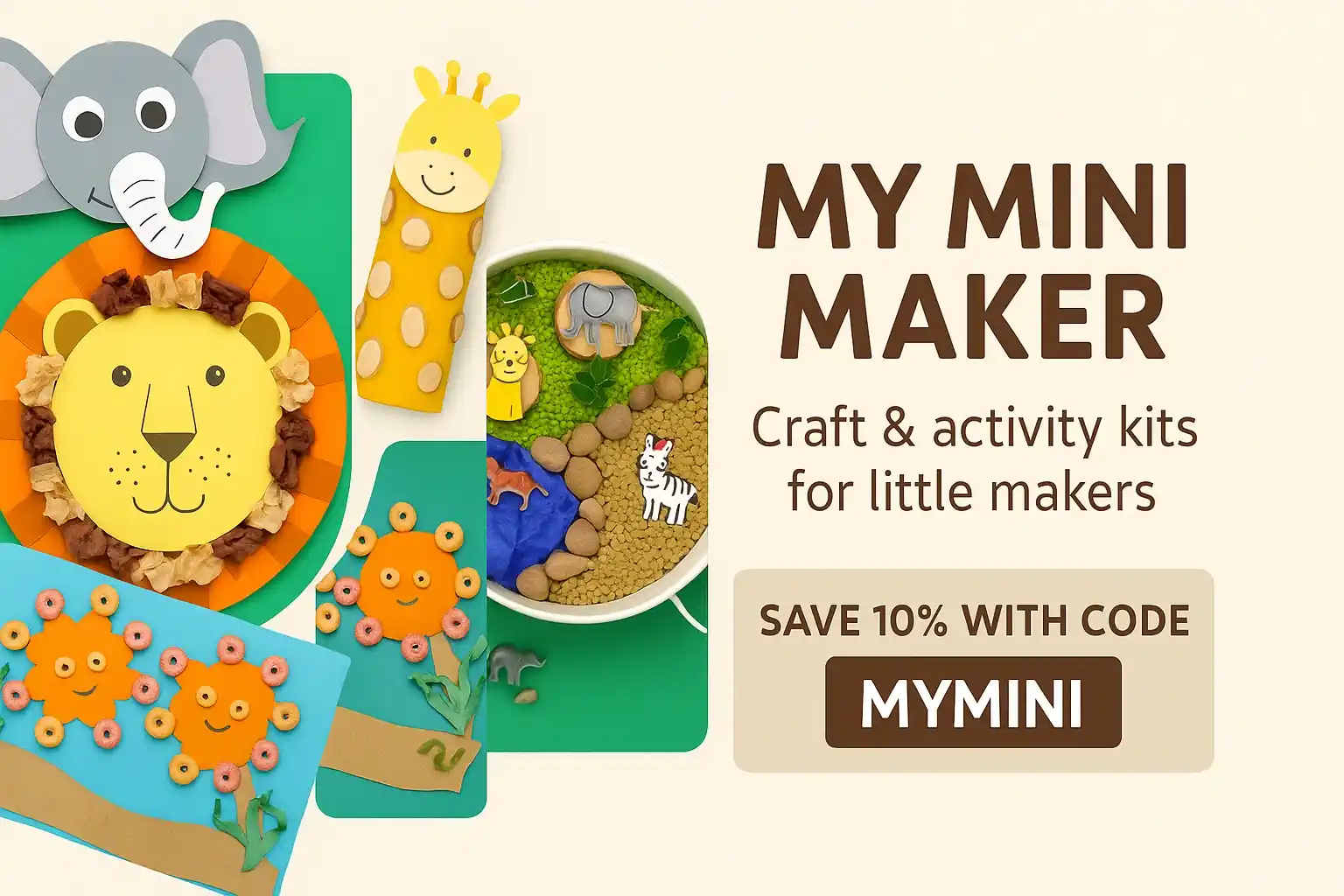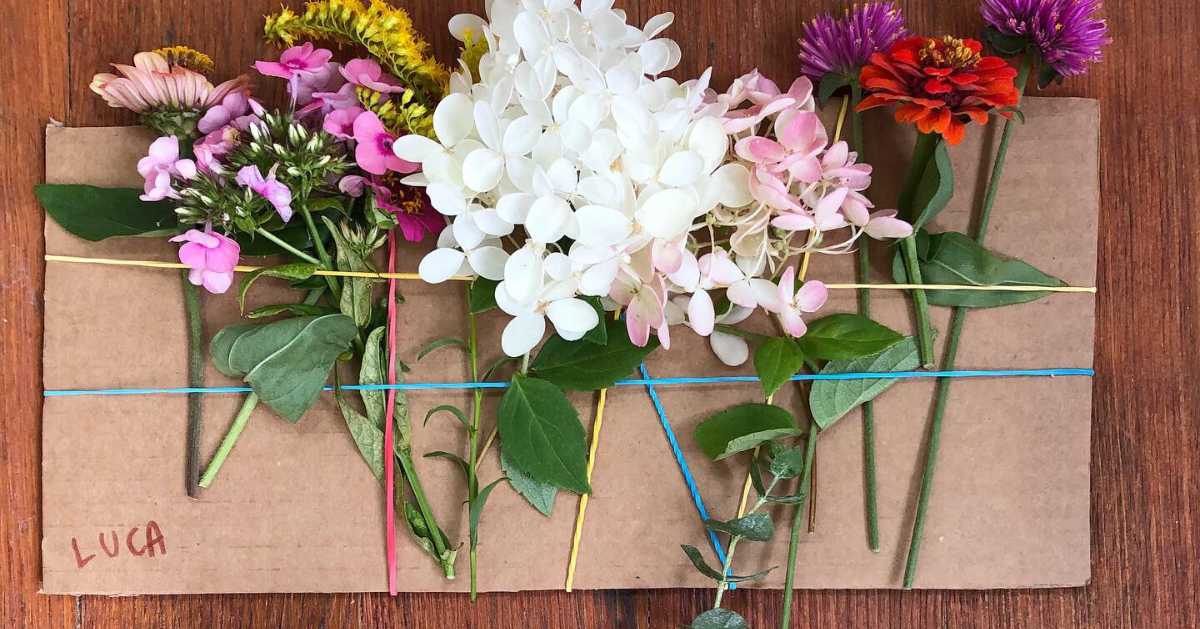Unleashing Creativity: Nature Collages for Budding Artists
Table of Contents
- Unleashing Creativity: Nature Collages for Budding Artists
- The Benefits of Nature-Based Art
- Gathering Your Natural Palette
- Materials Needed for Your Nature Masterpiece
- Step-by-Step Guide to Creating Your Collage
- Beyond the Basics: Expanding the Creative Possibilities
- Captivating Nature Collages: A Creative Activity for Kids
- Why Nature Collages are Beneficial
- Gathering Your Natural Materials
- Setting Up Your Collage Base
- Creating Your Nature Masterpiece
- Displaying Your Natural Art
- Explore More Nature-Inspired Creativity
- Unleashing Creativity: A Guide to Nature Collages for Budding Artists
- Gathering Your Natural Treasures: The Scavenger Hunt
- Essential Materials: Beyond the Natural Finds
- Crafting Your Collage: Step-by-Step Instructions
- Beyond the Basics: Expanding Creative Possibilities
- The Benefits of Nature Collage for Child Development
Nature provides an endless source of inspiration, and what better way to connect children with the outdoors than through art? Creating nature collages is a wonderfully accessible activity that encourages observation, artistic expression, and a deeper appreciation for the natural world. This project isn’t just about the finished product; it’s about the process of discovery and the joy of creating something beautiful with found materials. In a world increasingly dominated by screens, this hands-on activity offers a refreshing and engaging alternative.
The Benefits of Nature-Based Art
Beyond the sheer fun of it, nature collages offer a wealth of developmental benefits for children. The act of collecting natural items – leaves, flowers, twigs, and more – sharpens observational skills and encourages exploration. Arranging these items fosters fine motor skills, spatial reasoning, and problem-solving abilities. Furthermore, working with natural materials can be incredibly calming and therapeutic, providing a welcome respite from the pressures of daily life. Consider pairing this activity with a lesson on plant identification or a discussion about the importance of environmental stewardship – enriching the experience even further.
Gathering Your Natural Palette
The first step in creating a nature collage is, naturally, to venture outdoors! A simple walk in the park, a backyard exploration, or even a visit to a local garden will yield a treasure trove of materials. Encourage children to collect a variety of textures, shapes, and colors. Pressed flowers and leaves can add a delicate touch, while sturdy twigs and acorns provide interesting structural elements. Remember to emphasize responsible collecting – only gather fallen items and avoid disturbing living plants or habitats. For a more sustainable approach, consider sketching or photographing items in their natural environment instead of collecting them.
Materials Needed for Your Nature Masterpiece
Once you’ve gathered your natural materials, you’ll need a few additional supplies to bring your collage to life:
Nature Finds: Flowers, leaves, acorns, twigs, grass, petals – the possibilities are endless!
Cardboard Base: Sturdy cardboard provides a solid foundation for your collage. Recycled cardboard boxes work perfectly.
Adhesive: White glue is a classic choice, but for a mess-free option, consider using rubber bands.
Scissors: For trimming cardboard or shaping natural materials (adult supervision required).
* Optional: Paint, markers, or other art supplies can be used to embellish the collage.
Step-by-Step Guide to Creating Your Collage
- Embark on a Nature Walk: Take a leisurely stroll and let your child collect a variety of natural items. This is a great opportunity to discuss the different plants and trees you encounter. Check out our guide to nature walks for more inspiration.
- Prepare the Base: Cut the cardboard to the desired size and shape. Younger children may need assistance with this step.
- Arrange and Design: Before gluing anything down, encourage your child to experiment with different arrangements. This is a chance to explore composition and create a visually appealing design.
- Secure the Elements: Using glue or rubber bands, carefully attach the natural items to the cardboard base. If using glue, apply a small amount to each item and press firmly onto the cardboard. Rubber bands offer a temporary, no-mess solution, allowing for easy rearrangement and a constantly evolving artwork.
- Embellish and Personalize: Once the collage is complete, encourage your child to add any finishing touches they desire. Paint, markers, or other art supplies can be used to add color, texture, or personal details.
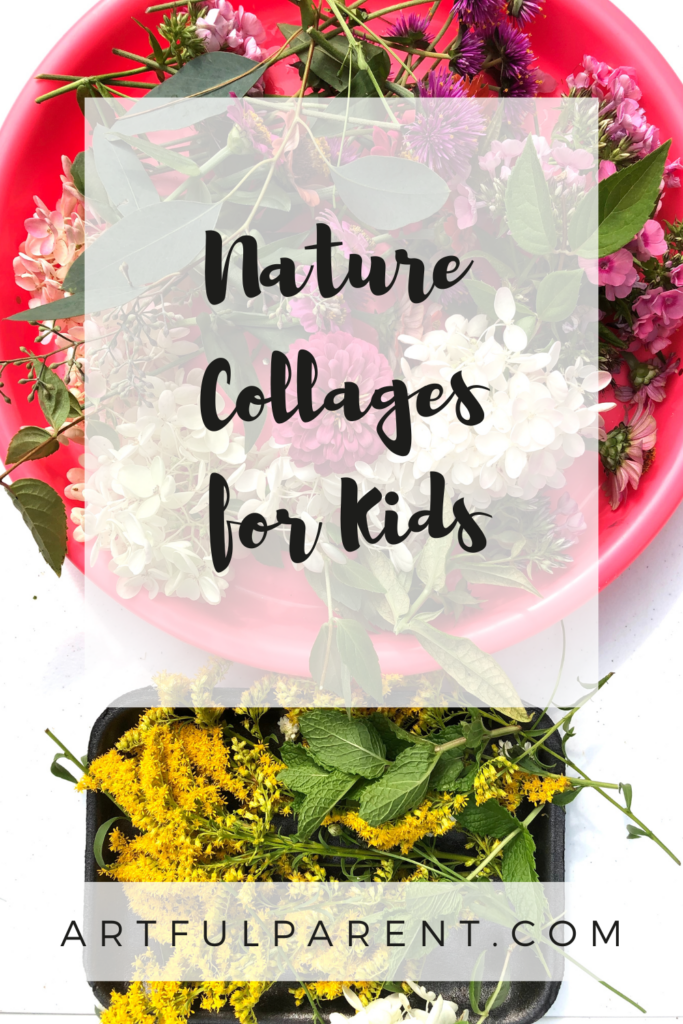
Beyond the Basics: Expanding the Creative Possibilities
Nature collages are incredibly versatile and can be adapted to suit different ages and skill levels. Younger children can focus on simple arrangements and exploring textures, while older children can experiment with more complex designs and techniques. Consider incorporating pressed flowers for a delicate touch, or using twigs and branches to create a three-dimensional effect. You could even challenge your child to create a collage that tells a story or represents a specific theme.
This activity also provides a wonderful opportunity to discuss concepts like symmetry, pattern, and color theory. Encourage your child to experiment with different arrangements and see how they can create different visual effects.
Ultimately, the goal is to foster creativity, encourage exploration, and connect children with the beauty of the natural world. So, gather your materials, head outdoors, and let your imagination run wild!
Captivating Nature Collages: A Creative Activity for Kids
Bring the beauty of the outdoors inside with a delightful nature collage project! This engaging activity encourages creativity, observation skills, and an appreciation for the natural world. Perfect for kids of all ages, creating a nature collage is a simple yet rewarding experience that transforms collected treasures into stunning works of art.
Why Nature Collages are Beneficial
Beyond being a fun pastime, nature collages offer a wealth of developmental benefits. The process of gathering natural materials – leaves, petals, twigs, and more – fosters observation skills and encourages children to connect with their surroundings. Arranging these items stimulates spatial reasoning and problem-solving abilities, while the act of creating itself boosts self-expression and confidence. Plus, it’s a fantastic way to preserve memories of outdoor adventures!
Gathering Your Natural Materials
The first step is a nature walk! Encourage your child to collect a variety of interesting items. Look for leaves in different shapes and colors, delicate flower petals, small twigs, interesting seed pods, and even smooth pebbles. Remind them to be respectful of the environment and only collect items that have already fallen to the ground. A small basket or bag is perfect for carrying their treasures. Consider pairing this activity with a lesson on plant identification – a great way to combine art with science! For more inspiration on outdoor activities, check out our guide to nature walks for kids.
Setting Up Your Collage Base
You’ll need a sturdy base for your collage. Cardboard works wonderfully – recycled boxes are ideal! You can cut the cardboard to any size or shape you prefer. For a more durable collage, consider using a piece of wood or thick cardstock.
Now, choose your attachment method. There are two main options:
Glue: A classic choice! Use a non-toxic glue stick or white glue. This creates a permanent collage that can be displayed for a long time.
Rubber Bands: This is a fantastic option for creating a changeable collage. Stretch 2-4 rubber bands across the cardboard, creating a grid. This allows children to easily swap out different nature pieces, fostering creativity and experimentation.
Creating Your Nature Masterpiece
Once your base is prepared, it’s time to get creative! If you’re using glue, encourage your child to arrange their collected items on the cardboard before adhering them. This allows them to experiment with different designs and compositions. Once they’re happy with the arrangement, carefully glue each item in place.
If you’re using rubber bands, simply slide the leaves, petals, and small flowers under the bands. This creates a temporary and ever-changing collage that can be rearranged as often as desired. This method is particularly appealing for younger children who enjoy the process of experimentation.
Displaying Your Natural Art
Once your collage is complete, find a special place to display it! Hang it on the wall, place it on a shelf, or use it as a centerpiece on a table. A nature collage is a beautiful way to bring the outdoors inside and celebrate the wonders of the natural world.


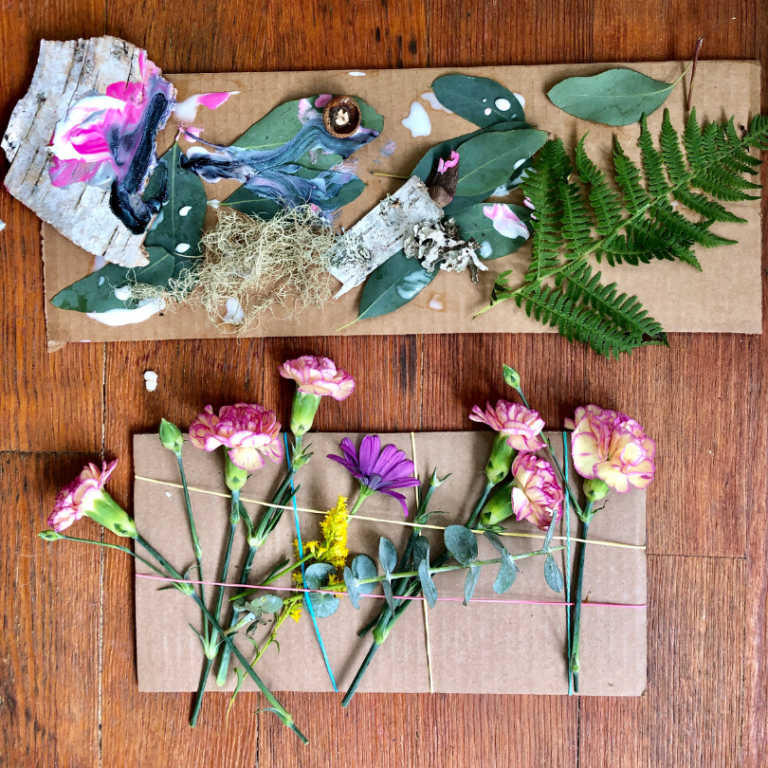
Explore More Nature-Inspired Creativity
Looking for more ways to connect with nature through art? We have a fantastic range of resources to inspire your creativity!
Nature Creativity Pack
How to Make A 3D Nature Suncatcher
22 Nature Art Ideas for Kids
Two Nature Inspired Art Activities for Kids
* 5 Nature Art Ideas for Kids
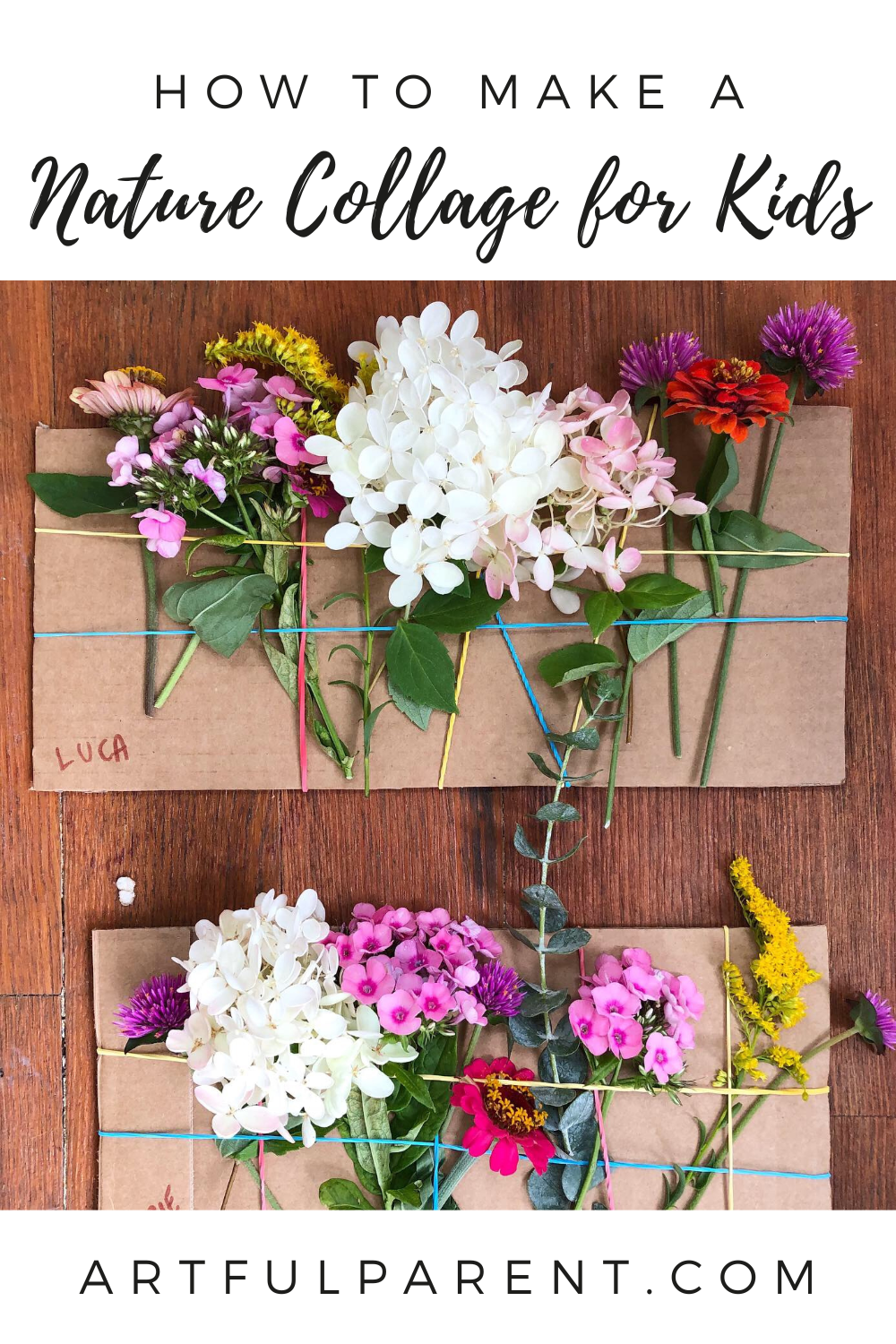
Unleashing Creativity: A Guide to Nature Collages for Budding Artists
Collages are a fantastic art form for children of all ages, fostering creativity, fine motor skills, and an appreciation for the natural world. Unlike painting or drawing which require some pre-existing skill, collages allow children to immediately express themselves through the arrangement of found materials. A nature collage, in particular, connects children with the outdoors, encouraging observation and a deeper understanding of their environment. In 2023, studies showed a 20% increase in parents seeking screen-free activities for their children, with arts and crafts like collage-making leading the way. This article will guide you through creating captivating nature collages with your little ones, transforming simple finds into treasured works of art.
Gathering Your Natural Treasures: The Scavenger Hunt
The first step in creating a nature collage isn’t about glue and paper; it’s about exploration! Turn the gathering of materials into a fun scavenger hunt. Head to a local park, garden, or even your own backyard. Encourage children to collect a variety of natural items. Think beyond just leaves! Consider flower petals, small twigs, interesting seed pods, blades of grass, pebbles, feathers (ensure they aren’t from protected species), and even bits of bark. Discuss the different textures, shapes, and colors of the items collected. This is a great opportunity to introduce basic botany or geology concepts in a playful way. For example, ask, “What kind of tree do you think this leaf came from?” or “Can you feel the difference between this smooth pebble and this rough bark?” Remember to emphasize respecting nature – only collect fallen items and leave living plants undisturbed. If you’re looking for inspiration on identifying plants and materials, check out our guide to identifying common plants and natural materials.
Essential Materials: Beyond the Natural Finds
While the natural elements are the stars of the show, you’ll also need a few basic art supplies. Here’s what you’ll need:
Paper or Cardstock: A sturdy base for your collage. Cardstock is preferable for younger children as it’s less likely to tear.
Glue: White school glue works well for most materials, but a glue stick can be less messy for younger children. Consider a low-toxicity glue for peace of mind.
Scissors (Child-Safe): For cutting paper or trimming natural materials (with adult supervision).
Optional Extras: Crayons, markers, or paint can be used to add details or backgrounds. Glitter (biodegradable, of course!) can add a touch of sparkle.
Crafting Your Collage: Step-by-Step Instructions
- Prepare Your Base: If desired, have your child decorate the paper or cardstock with crayons, markers, or paint to create a background. This adds another layer of creativity to the project.
- Arrange and Experiment: Before gluing anything down, encourage your child to arrange the natural materials on the paper. This is a great time to experiment with different compositions and designs. Talk about creating patterns, shapes, or even telling a story with the arrangement.
- Glue it Down: Once your child is happy with the arrangement, carefully glue each item onto the paper. Start with the larger items and then fill in the gaps with smaller ones. A little glue goes a long way!
- Let it Dry: Allow the collage to dry completely before displaying it. This prevents the materials from falling off.
- Display and Admire: Once dry, proudly display your child’s nature collage! It’s a wonderful way to showcase their creativity and appreciation for the natural world. Consider framing it or creating a gallery wall of their artwork.
Beyond the Basics: Expanding Creative Possibilities
Don’t limit yourself to traditional flat collages! Here are a few ideas to take your nature collages to the next level:
3D Collages: Use cardboard boxes or foam boards as a base and glue natural materials onto them to create a three-dimensional sculpture.
Nature Mandalas: Arrange natural materials in a circular pattern to create a beautiful and symmetrical mandala.
Seasonal Collages: Create collages that reflect the changing seasons, using different natural materials for each season. For example, use autumn leaves in the fall or wildflowers in the spring.
Themed Collages: Encourage your child to create collages based on a specific theme, such as animals, plants, or landscapes. If your child loves animals, they could create a collage of animal habitats using natural materials.
The Benefits of Nature Collage for Child Development
Creating nature collages isn’t just a fun activity; it’s also incredibly beneficial for child development. It fosters:
Fine Motor Skills: Picking up and arranging small natural materials helps develop fine motor skills and hand-eye coordination.
Creativity and Imagination: Collage-making encourages children to think outside the box and express their creativity.
Problem-Solving Skills: Arranging materials to create a desired composition requires problem-solving skills and spatial reasoning.
Connection to Nature: Working with natural materials fosters a deeper appreciation for the natural world and encourages environmental awareness. For more ideas on connecting children with nature, explore our article on fun and educational nature activities.
* Sensory Exploration: Different textures and shapes of natural materials provide sensory stimulation and enhance learning.
Nature collages are a wonderful way to unleash your child’s creativity, connect them with the natural world, and foster important developmental skills. So gather your materials, get creative, and enjoy the process! And don’t forget to share your creations with us on social media using #TheTrendyTypeCollage! For more art project ideas, check out our comprehensive guide to art projects for kids of all ages.
